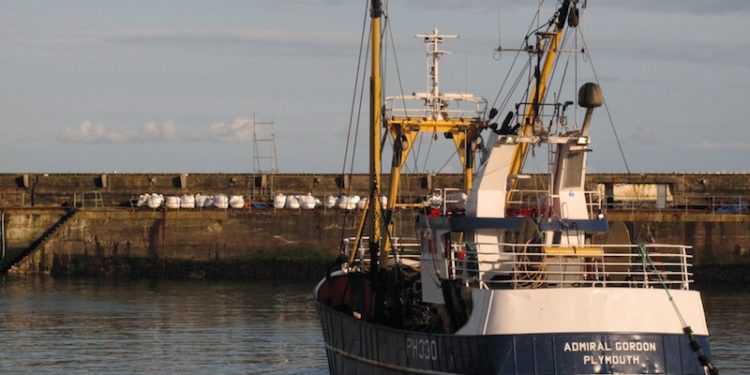According to Seafish’s Economics of the UK Fishing Fleet estimates, British fishing saw the highest annual value of landings on record in 2017, in spite of increases in fuel costs. The Seafish report, now in its twelfth year, demonstrates that fishing revenues have risen by £14 million since 2016 to a total of £950 million and with landing volumes up by 10,000 tonnes.
Preliminary estimates by Seafish reveal vessel owners are seeing a climb in fuel prices, with fuel spend now taking up 12% of total income, 2% higher than in the previous year. Despite this, the UK fleet saw an increase in the number of active fishing vessels.
Early estimates are pointing to a positive year for the UK fishing industry in 2017 with the average price per tonne the same as 2016, which was one of the highest on record.
‘For the second year running the UK fleet has recorded extremely strong figures. 2016 was a record year for the fleet, boosted by low fuel prices and showed the best economic performance in recent decade,’ said Seafish senior economist, Arina Motova.
‘While we have seen the price of marine fuel increase by 22% and estimated subsequent increase of fuel costs last year, the results for 2017 are still positive.’
In 2017 the total fleet operating profit saw a 6% decrease from 2016. An estimated £247 million in sales revenue was generated last year, £16 million less than in 2016. Similar to 2016, operating profit as a percentage of total income has remained at around 25%.
The number of active UK fishing vessels increased in 2017 to 4662, up from 4637 in 2016. Around 1700 of these vessels were low activity, with a fishing income of less than £10,000, with a further 1600 vessels inactive.
The annual value of landings, both nominal and adjusted for inflation, was the highest recorded in the past 12 years. Volume increased by 10,000 tonnes, reaching 710,000 tonnes. The average price per tonne landed was £1338, the same as in 2016. With the exception of 2011, this was the highest average price during the time series when adjusted for inflation.
The cost of fuel rose in 2017 with the proportion of total income spent on fuel rising from 10% to 12%. The UK fleet spent £116 million on marine fuel in 2017, a 22% increase on 2016. 2015 and 2016 are the only years in the time series where total fuel spend has fallen below £100 million. This was a result of a substantial decrease in fuel price in late 2014 which continued into 2016. At the end of 2017 the price of marine grade diesel was over 46p per litre, a 10% increase since the start of the year. While prices have not returned to levels last seen in 2014, they have steadily increased since mid-2016.
‘The last few years of strong economic performance put the fleet in the best possible position to respond to the upcoming challenges of full implementation of the EU landing obligation in 2019,’ Arina Motova said.









